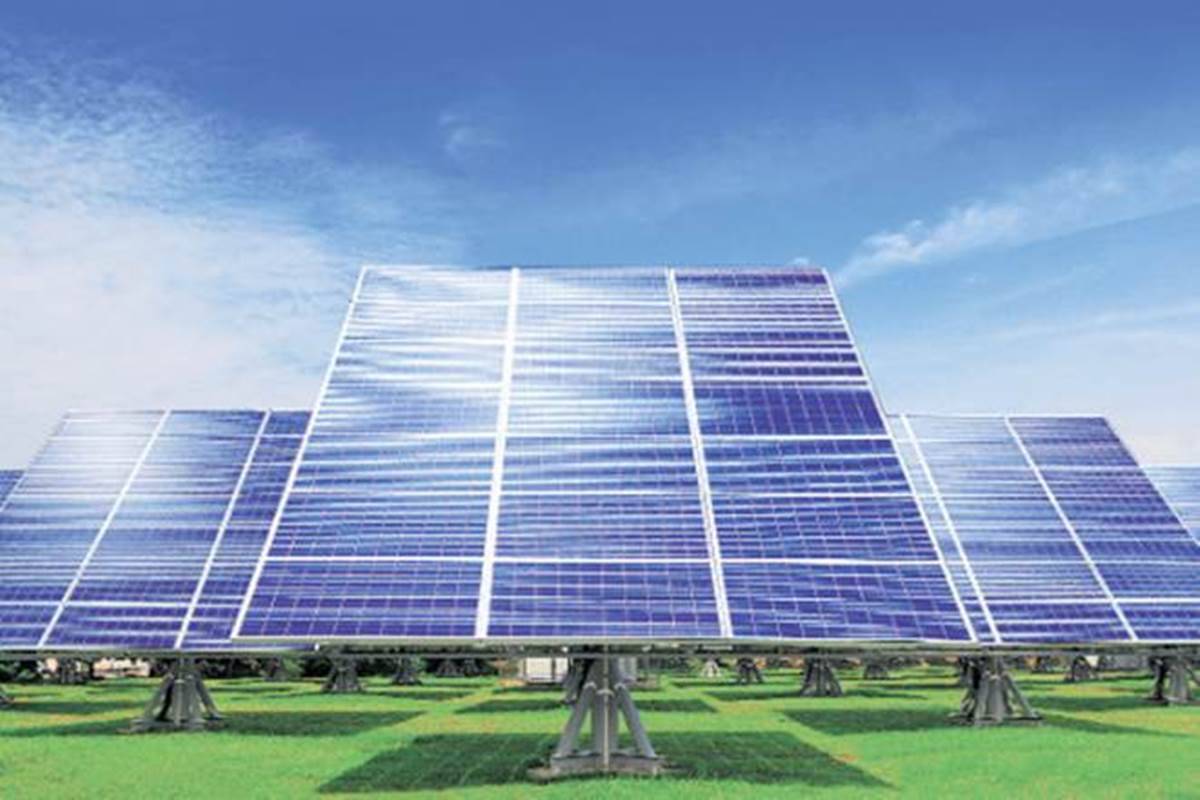
Prime Minister Narendra Modi has recently attended a webinar on effective implementation of Budget provisions in power sector on February 18 where he said that PM Kusum Yojana is turning 'annadata' into 'powerdata.'
Further highlighting the scheme, PM Modi said that under this scheme, government aims to achieve 30 GW solar energy capacities by installing small power plants in agriculture fields. “So far, we have achieved capacity of around 4GW energy by solar panels on rooftop and around 2.5GW will be added soon.
Government aims to produce 40GW solar energy by rooftop solar projects in 1-1.5 yrs. The campaign to strengthen and reform power sector will be intensified in coming days,” said Prime Minister Narendra Modi during the webinar.
Aiming to reach the target of farmer’s doubling income by 2022, the Pradhan Mantri Kisan Urja Suraksha evem Utthan Mahabhiyan (PM KUSUM) scheme will be expanded to cover 20 lakh farmers across the nation.
The Solar Pump Yojana which promises to fulfill the irrigation and water problems by providing a 60% subsidy to the farmer for setting up pump sets and tube wells was initially intended to cover 17.5 lakh farmers.
You Need to Pay just 10 Percent
Farmers taking advantage of this scheme have to pay only 10 percent of the total cost on the purchase of solar pumps. The central government will give 30 percent amount in the bank account as subsidy. 30 percent amount will be given as bank loan. Under the scheme, the landowner will get an income of 60 thousand to 1 lakh rupees per acre per year for the next 25 years by installing a solar power plant.
What are the three components of PM Kisan Yojana?
Grid connected renewable energy plant will be installed on decentralized land in Component-A. Component-B will be equipped with solar powered agricultural pumps on a single basis. Component-C includes the provision of grid-connected plants for agricultural pumps.
Big Power Savings
The government believes that if solar energy is used in irrigation pumps, not only will the electricity be saved, but it will also be possible to produce 30, 800 MW additional power.
















